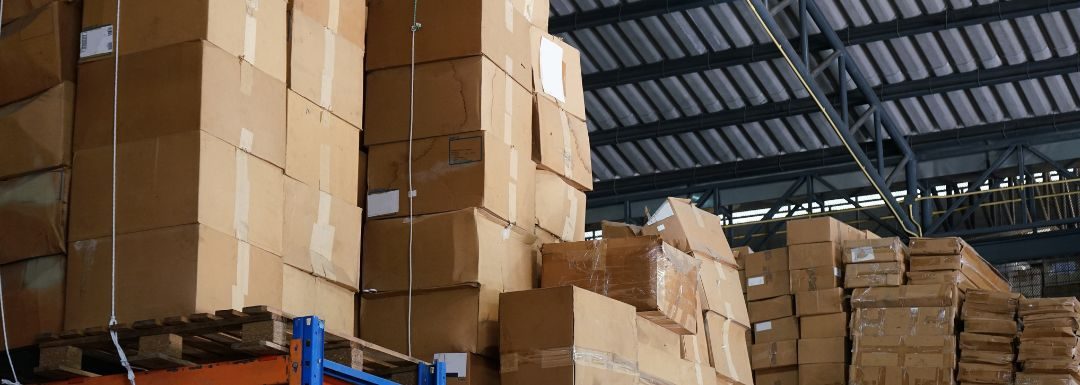Fixing an inefficient warehouse management system (WMS) requires a systematic approach to identifying root causes, implementing improvements, and optimising warehouse operations. Is required. Here are the steps to fix an inefficient WMS:
Identify Weaknesses:
Conduct a comprehensive assessment of your current warehouse operations to identify areas of inefficiency and weaknesses. This can include issues such as inaccurate inventory counts, slow order fulfilment, inefficient picking processes, and lack of real-time visibility.
Collect Data:
Collect data on key performance indicators (KPIs) such as order cycle time, inventory accuracy, picking accuracy, and on-time delivery rates. This data can help you identify where your WMS is lacking and prioritise areas for improvement.
Include Stakeholders:
Include warehouse employees, managers, IT staff, and other stakeholders in the process. Gather feedback from people who use your WMS on a daily basis to understand challenges, problems, and suggestions for improvement.
System Configuration Review:
Evaluate your WMS configuration and setup to ensure it fits your current warehouse processes and business needs. Identify misconfigurations and underutilised features that may be causing inefficiencies.
Training and Education:
Provide comprehensive training and education to warehouse employees on how to use the WMS effectively. Ensure that all employees understand their roles and responsibilities within the system and are familiar with how to use its features.
Workflow Optimisation:
Optimise warehouse workflows and processes to eliminate unnecessary steps, reduce bottlenecks, and improve overall efficiency. This may include reorganising warehouse layouts, optimising picking routes, and implementing inventory management best practices.
Introducing Automation:
Leverage automation technologies such as barcode scanning, RFID, and automated guided vehicles (AGVs) to streamline warehouse operations and reduce manual labour. Automation helps improve accuracy, speed up processes, and reduce errors.
Improved Integration:
Ensure seamless integration between your WMS and other business systems such as ERP, order management, and transportation management systems. This enables real-time data sharing, increases transparency, and streamlines end-to-end processes.
Continuous Improvement:
Establish a culture of continuous improvement in warehouse operations. To keep your WMS running efficiently, encourage your employees to provide feedback, regularly monitor performance metrics, and implement continuous optimisation.
Monitoring and Measurement:
Monitor the performance of the WMS after implementation and measure the impact of improvements on key performance indicators. Use this data to track your progress, identify areas that need optimisation, and ensure your WMS continues to meet your organisation’s needs.
By following these steps and taking a systematic approach to eliminating inefficiencies in your warehouse management system, you can optimise your warehouse operations, improve efficiency, and create more value for your business.
THINK employ experienced WMS consultants to work with companies and assess warehouse operations, understand specific needs and challenges, and then recommend, implement, and customise WMS solutions that align with the company’s goals and objectives.
Our expertise covers a wide range of areas, including technology, logistics, supply chain management, process optimisation and software integration. When combined with our approach to project management, this leads to consistent achievement of objectives within agreed timescales
Are you worried that a warehouse management solution will be too expensive, or that you will be trapped in a long contract? To arrange a demo or discuss your requirements, give THINK a call on 0330 350 0715, email enquiries@tkinv.com or complete the Quick Quote form below. We can work with your business to help save you money and drive down costs.


Recent Comments